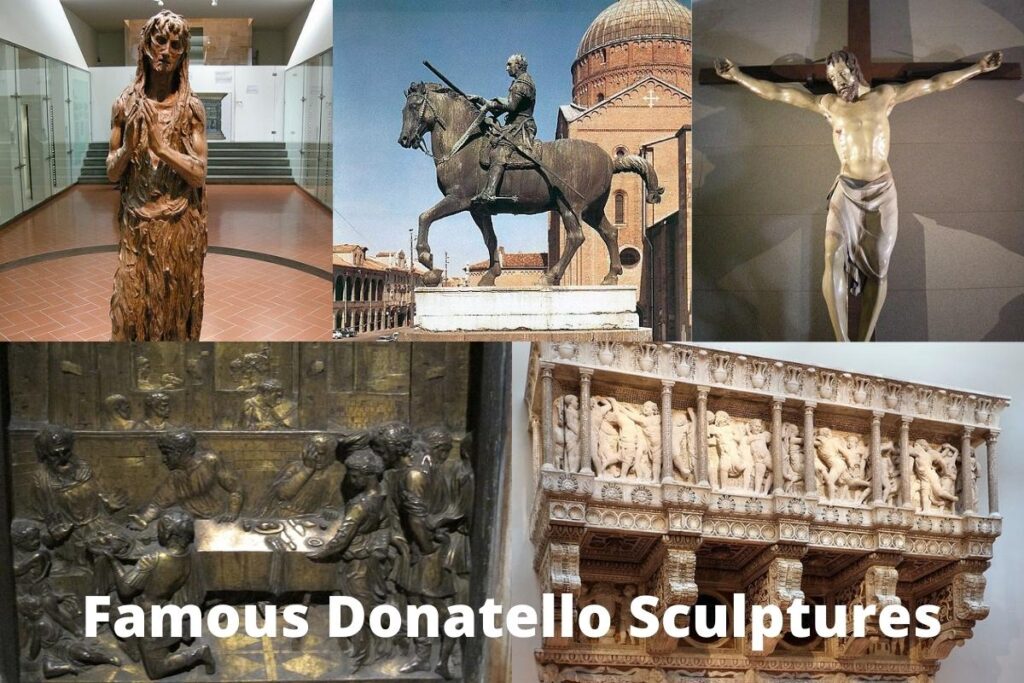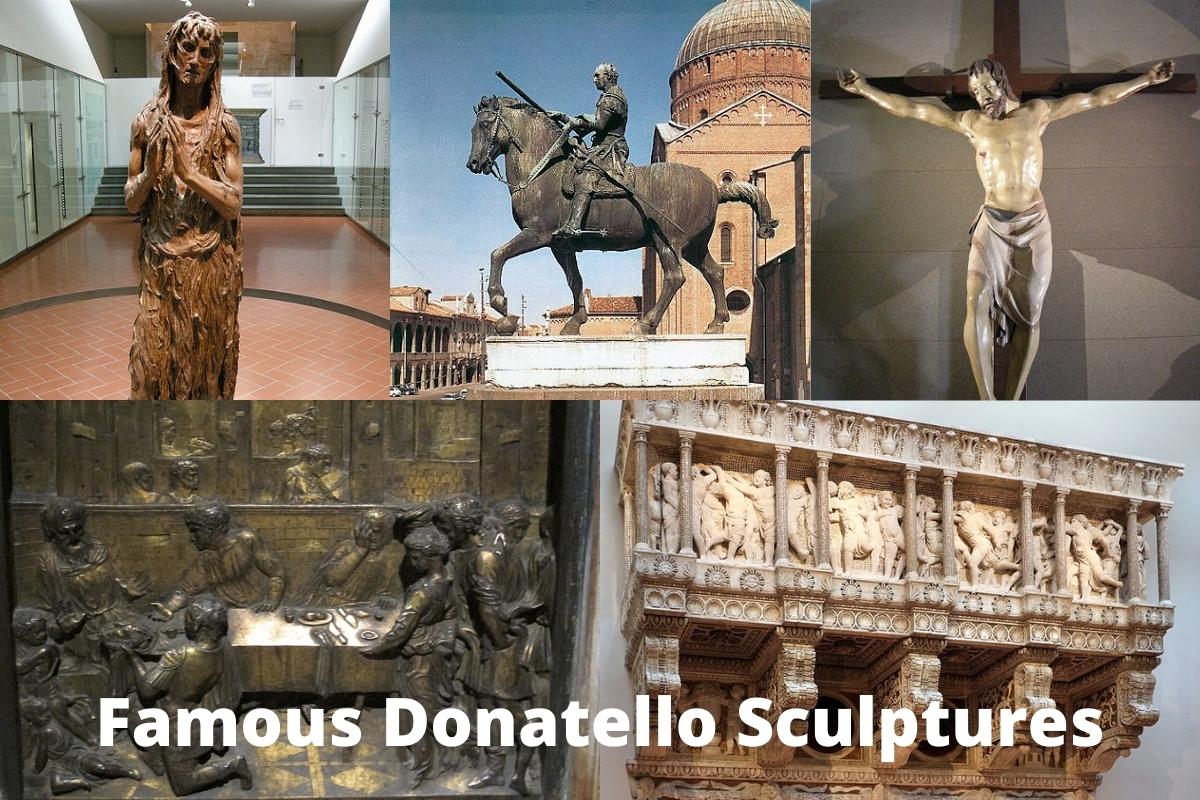
Define Donatello: Unveiling the Renaissance Master and His Enduring Legacy
When we define Donatello, we’re not just talking about a name etched in history. We’re delving into the life and works of one of the most influential sculptors of the Italian Renaissance. Donatello, born Donato di Niccolò di Betto Bardi, revolutionized sculpture with his innovative techniques, profound understanding of human anatomy, and ability to imbue his works with emotion and realism. His impact on art history is undeniable, and his masterpieces continue to inspire awe and admiration centuries later.
Early Life and Artistic Development
Donatello’s early life remains somewhat shrouded in mystery. He was born in Florence around 1386 and received his initial training in a goldsmith’s workshop. This early exposure to metalworking likely honed his precision and attention to detail, qualities that would become hallmarks of his sculpture. He later worked in the studio of Lorenzo Ghiberti, assisting on the bronze doors of the Florence Baptistery. This experience further refined his skills and exposed him to the prevailing artistic trends of the time. Defining Donatello’s growth as an artist requires understanding these formative years.
His collaboration with Ghiberti, though significant, was only a stepping stone. Donatello sought to break free from the stylized conventions of the late Gothic period and embrace a more naturalistic approach. This ambition led him to study classical sculpture, immersing himself in the art of ancient Greece and Rome. He carefully examined the proportions, anatomy, and emotional expressions of classical figures, seeking to emulate their perfection and vitality. This dedication to classical ideals would profoundly influence his artistic development and set him apart from his contemporaries.
Key Works and Innovations
David (Marble, c. 1408-1409)
One of Donatello’s earliest masterpieces is his marble David, commissioned for the Florence Cathedral. Though relatively conventional in its Gothic style, this sculpture already hints at Donatello’s emerging talent and his commitment to realism. The figure is graceful and elegant, but also possesses a sense of quiet strength and determination. This early David marked a significant step in defining Donatello‘s future.
Saint George (c. 1415-1417)
Donatello’s Saint George, created for the Orsanmichele church in Florence, represents a significant leap forward in his artistic development. The figure is no longer constrained by Gothic conventions but stands confidently with a sense of inner resolve. Donatello masterfully captures the saint’s youthful idealism and unwavering faith. The sculpture’s expressive face and dynamic pose convey a sense of energy and determination that was revolutionary for its time. This piece is crucial when we define Donatello‘s innovation.
David (Bronze, c. 1440s)
Perhaps Donatello’s most famous work is his bronze David, a nude figure that challenged conventional notions of beauty and heroism. This sculpture, commissioned by the Medici family, is a radical departure from earlier depictions of David. Donatello portrays him not as a muscular warrior, but as a slender, almost effeminate youth, standing triumphantly over the severed head of Goliath. The sculpture’s sensuality and psychological complexity sparked controversy but also established Donatello as a true visionary.
The bronze David embodies Donatello’s mastery of bronze casting and his ability to create figures that are both physically realistic and emotionally compelling. The sculpture’s smooth, polished surface reflects light in a way that enhances its three-dimensionality and adds to its sensuous appeal. The figure’s contrapposto pose, with its weight shifted to one leg, creates a sense of naturalism and movement. This work is essential to define Donatello‘s impact.
Equestrian Statue of Gattamelata (c. 1445-1453)
Donatello’s equestrian statue of Gattamelata, a condottiero (mercenary captain) in Padua, is another groundbreaking work that demonstrates his mastery of classical forms and his ability to create dynamic and lifelike figures. The statue depicts Gattamelata as a powerful and commanding figure, riding a majestic horse. Donatello carefully studied ancient Roman equestrian statues to ensure the accuracy and authenticity of his work. The statue’s imposing size and realistic details convey a sense of authority and power. Understanding this statue helps define Donatello‘s prowess.
Donatello’s Influence and Legacy
Donatello’s influence on subsequent generations of artists is immeasurable. His innovative techniques, his profound understanding of human anatomy, and his ability to imbue his works with emotion and realism paved the way for the High Renaissance. Artists such as Michelangelo, Leonardo da Vinci, and Raphael were deeply influenced by Donatello’s work and built upon his achievements. His commitment to naturalism and his exploration of human emotion set a new standard for sculpture that continues to inspire artists today. We can define Donatello by this legacy of influence.
Donatello’s contributions to art extend beyond his individual works. He also played a key role in the development of new sculptural techniques, such as *schiacciato* (flattened relief), which allowed him to create incredibly detailed and realistic scenes in shallow relief. He also experimented with different materials, including bronze, marble, wood, and terracotta, pushing the boundaries of what was possible in sculpture. Define Donatello? He was a technical innovator.
In conclusion, to define Donatello is to acknowledge him as a pivotal figure in the history of Western art. His innovative techniques, his profound understanding of human anatomy, and his ability to imbue his works with emotion and realism transformed sculpture and paved the way for the High Renaissance. His masterpieces continue to inspire awe and admiration, and his influence can still be felt in the work of contemporary artists. Donatello’s legacy as one of the greatest sculptors of all time is secure.
When we define Donatello, we must consider his impact on the portrayal of the human form. He moved away from the idealized and stylized figures of the Gothic period, embracing a more naturalistic and realistic approach. His sculptures capture the nuances of human emotion and convey a sense of inner life that was unprecedented in his time. This focus on humanism was a defining characteristic of the Renaissance, and Donatello played a key role in its development.
Moreover, to define Donatello accurately, we must recognize his influence on other Renaissance masters. His groundbreaking work inspired countless artists and helped to shape the course of Western art. His legacy continues to resonate today, as artists continue to draw inspiration from his innovative techniques and his profound understanding of the human condition. Studying Donatello provides valuable insights into the cultural and intellectual climate of the Renaissance and offers a glimpse into the mind of a true artistic genius.
Therefore, when asked to define Donatello, remember the artist, the innovator, the humanist, and the master sculptor who forever changed the landscape of art. His works stand as testaments to his genius and continue to inspire and captivate audiences around the world. His artistic contributions are so significant that it’s impossible to fully define Donatello in a single paragraph.
Define Donatello, and you define a turning point in art history. He was more than just a sculptor; he was a visionary who saw the potential for art to reflect the human experience in all its complexity and beauty.
Ultimately, to truly define Donatello, one must experience his art firsthand. Visit museums and galleries that house his works, study his techniques, and immerse yourself in the world he created. Only then can you fully appreciate the genius of this Renaissance master.
Define Donatello: A sculptor who redefined sculpture itself. [See also: The Renaissance Art Movement] He wasn’t just creating statues; he was breathing life into stone and bronze.
Define Donatello and you’ll find a man who pushed the boundaries of artistic expression. His impact is undeniable, and his works remain as relevant and inspiring today as they were centuries ago.
Trying to fully define Donatello is like trying to capture the wind – you can feel its force, but you can never truly hold it. His art transcends definition, speaking to us across the ages with its timeless beauty and profound humanity.
Define Donatello: The artist who brought the Renaissance to life, one sculpture at a time.
His art allows us to truly define Donatello. Every sculpture told a story.

